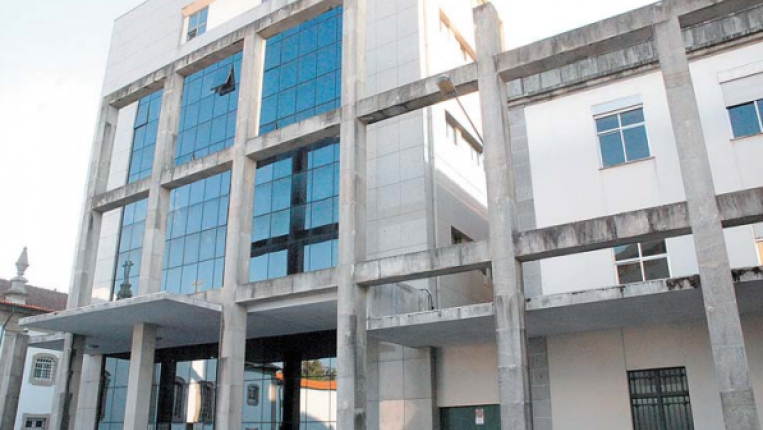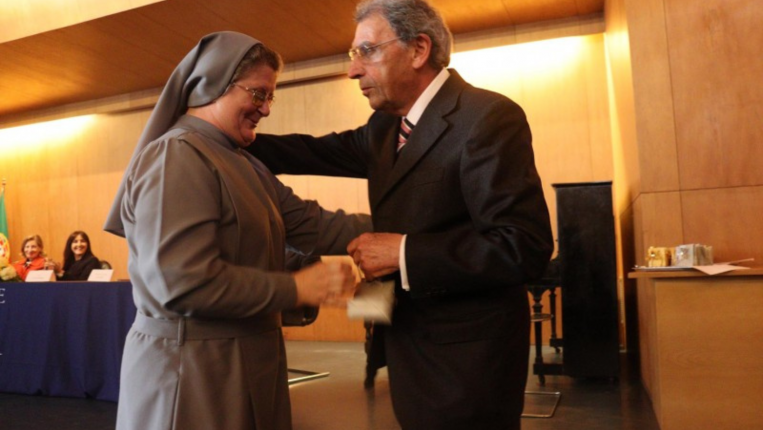Partnerships between cultural and social organisations ‘are fundamental and decisive’ in working towards inclusion and access to culture for vulnerable audiences.
This is one of the main conclusions of the project ‘ISA Culture: Intellectually and Socially Accessible - On the way to equality: culture as a tool for social inclusion and labour integration’, which has been developed over the last two years by the Bracara Augusta Foundation in partnership with the Catholic University of Braga, CERCI Braga, the University of Burgos (Spain) and the RISA Association in Slovenia.
‘The discussion forum that has been created between social and cultural organisations is decisive and should be encouraged in the context of cultural policies and policies on accessibility to culture. More than investment, institutional alignment is important,’ said Fátima Pereira, the coordinator of this international project when she was director of the Bracara Augusta Foundation at the time.
The importance of accessible language, especially in the cultural and heritage context, was another of the project's highlights, in which employability was highlighted as the biggest challenge.
‘The idea that a complex discourse in the area of heritage and culture adds value is wrong. In fact, we're making it so that the discourse doesn't reach many audiences,’ said the coordinator, adding that this project has made it possible to take “giant leaps forward” in “deconstructing museum guides and access to culture in terms of language”.
Thanks to this project, funded by the Erasmus+ programme, some young people with disabilities have managed to become guides at cultural venues such as the Theatro Circo and the Museu dos Biscainhos.
Another fundamental axis of the project, she pointed out, had to do with heritage education, starting with schools and games.
‘Through heritage education and the deconstruction of complex concepts, we have managed to transform culture into something more accessible and shareable, especially in the school context,’ he explained.
In terms of numbers, this international project has trained 38 young people through a process of non-formal education, with 36 hours of training in each country, followed by practical classes in museum spaces.
In total, the project involved 162 hours of theoretical and practical training and resulted in the implementation of six pilot projects.
One of these projects was ‘Cultural Push’, an initiative that brought new audiences closer to museum spaces through collaboration with companies.
This strategy allowed participants to visit museums with the cost of the ticket and visit being covered by companies, removing barriers to cultural participation for some audiences.
Over the course of the project, 859 people were directly involved in the dynamics of the pilot projects, such as ‘Empurrão Cultural’, ‘Jogo Braguês’ and other cultural initiatives.
The work involved 24 researchers and resulted in seven publications or scientific communications, as well as more than 50 social and cultural partnerships.
Católica Braga, which worked on the surveys, came to the conclusion that 70 per cent of the institutions surveyed in Portugal and Spain ‘are still unable to guarantee regular access to culture’. Although around 60 per cent include accessibility in their mission.
‘The inclusion of vulnerable people and groups is well recognised, but it is still not very common,’ he said.
In addition to the Biscainhos Museum and the D. Diogo de Sousa Museum, the Palácio do Raio and the zet gallery collaborated in this project. The project also had the collaboration of Braga City Council and the Museums and Monuments of Portugal.
The president of the Bracara Augusta Foundation, Miguel Bandeira, emphasised the importance of making culture accessible to all social strata in an increasingly cosmopolitan society.
“Culture is not just for the elite, for educated groups, it should be a source of well-being and knowledge for everyone,” she said.
Vera Vaz, president of CERCI Braga, noted that the project also focused on employability, creating opportunities for people at risk of social exclusion, such as those with intellectual disabilities.
“The idea arose from the need to involve vulnerable people, not only those with intellectual disabilities, but also migrants, ethnic minorities and young university students,” she said. As part of this project, one of the young people from CERCI Braga was integrated as an accessible cultural guide through an entrepreneurship grant.
With the support of various public and private entities, the project now has plans for expansion, with plans to continue the initiatives and extend their reach to new audiences.






